Simrad StructureScan 3D Thru-Hull Manual
| Mærke: | Simrad |
| Kategori: | Ekkolod |
| Model: | StructureScan 3D Thru-Hull |
Har du brug for hjælp?
Hvis du har brug for hjælp til Simrad StructureScan 3D Thru-Hull stil et spørgsmål nedenfor, og andre brugere vil svare dig
Ekkolod Simrad Manualer
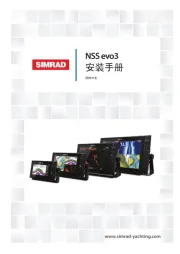
22 August 2025
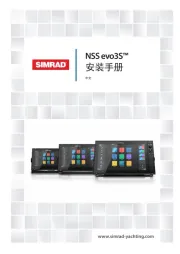
22 August 2025
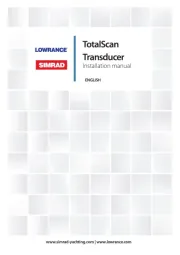
21 August 2025
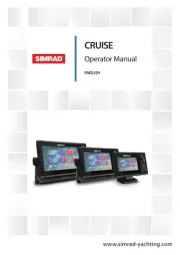
21 August 2025

21 August 2025

21 August 2025
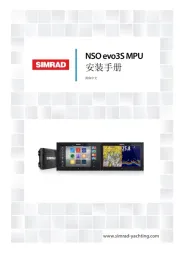
21 August 2025
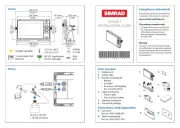
21 August 2025
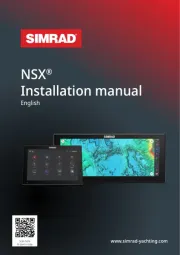
21 August 2025
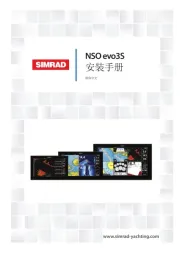
21 August 2025
Ekkolod Manualer
Nyeste Ekkolod Manualer
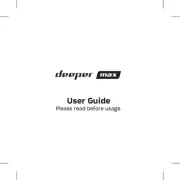
3 November 2025
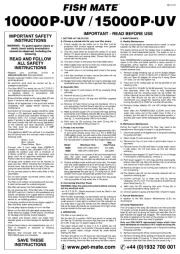
23 September 2025
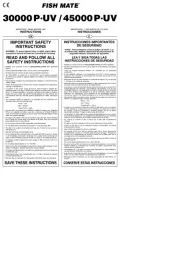
23 September 2025
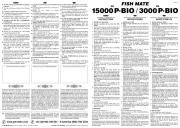
23 September 2025

23 September 2025
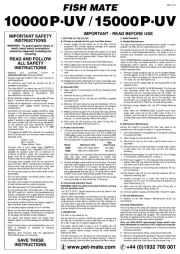
23 September 2025
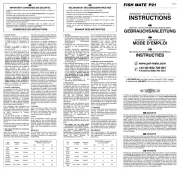
23 September 2025
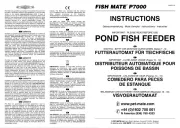
23 September 2025

23 September 2025
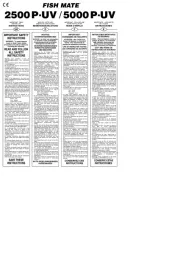
23 September 2025
